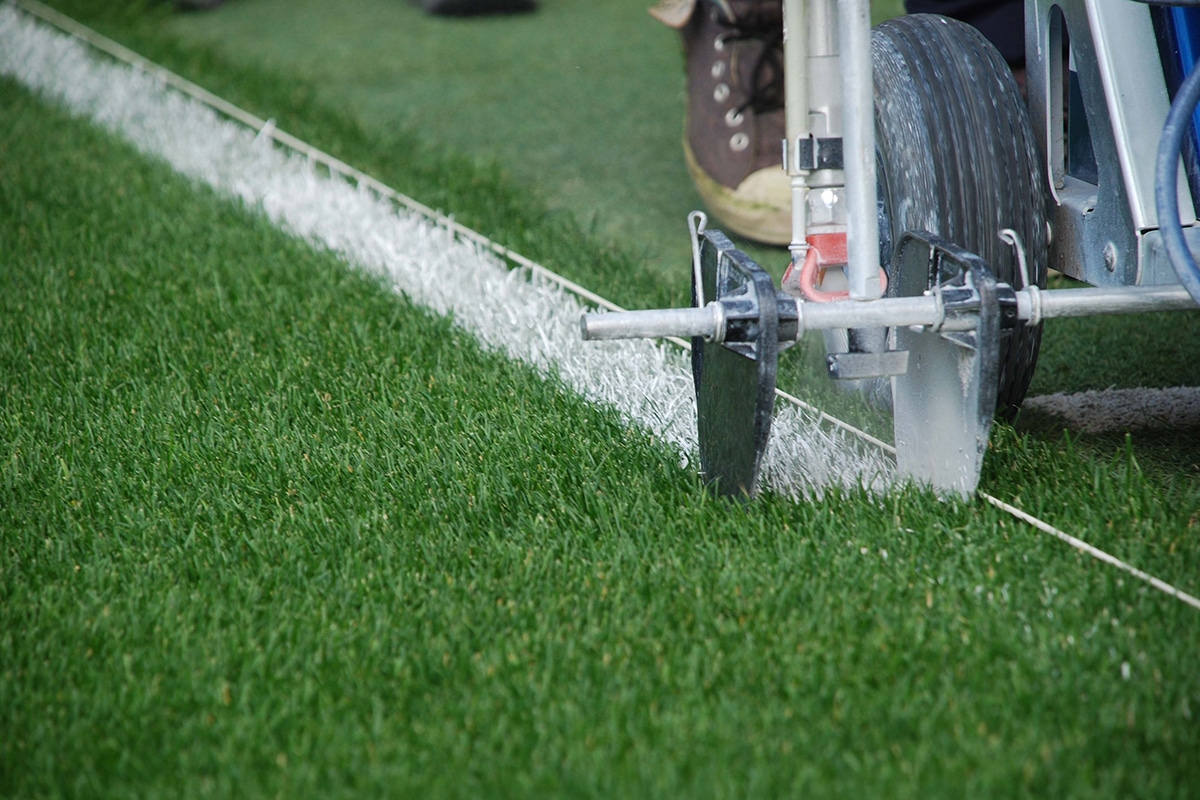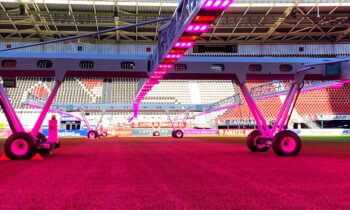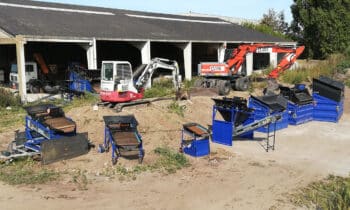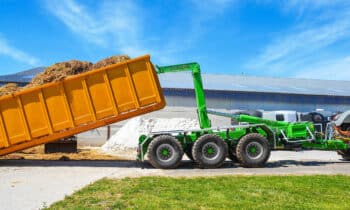
Groundkeeper KRC Genk: "The field determines the score"
If you think of the soccer field, you see a team in all its glory, enthusiastic supporters and a tight lawn reminiscent of a billiard cloth. Groundkeepers like Eddy van Endert know that in addition to the match field, there are A, B and C fields to maintain. Summer and winter, a seven-man team at KRC Genk is responsible for the optimal conditions in which the first team, the plaudits and the youth play soccer. In this 'Greenkeeper's word', Van Endert explains how a field determines the fate of a club.
"According to our sporting director, after the players, the turf is the most important element in the success of a soccer club. Of course I agree," laughs Eddy van Endert, greenkeeper at top team KRC Genk. "A player injured by an uneven surface can cost you the championship or a lucrative transfer. A good turf is not only aesthetically pleasing, but also contributes to the game and the health of your players. So you put up better results and generate better resale value."
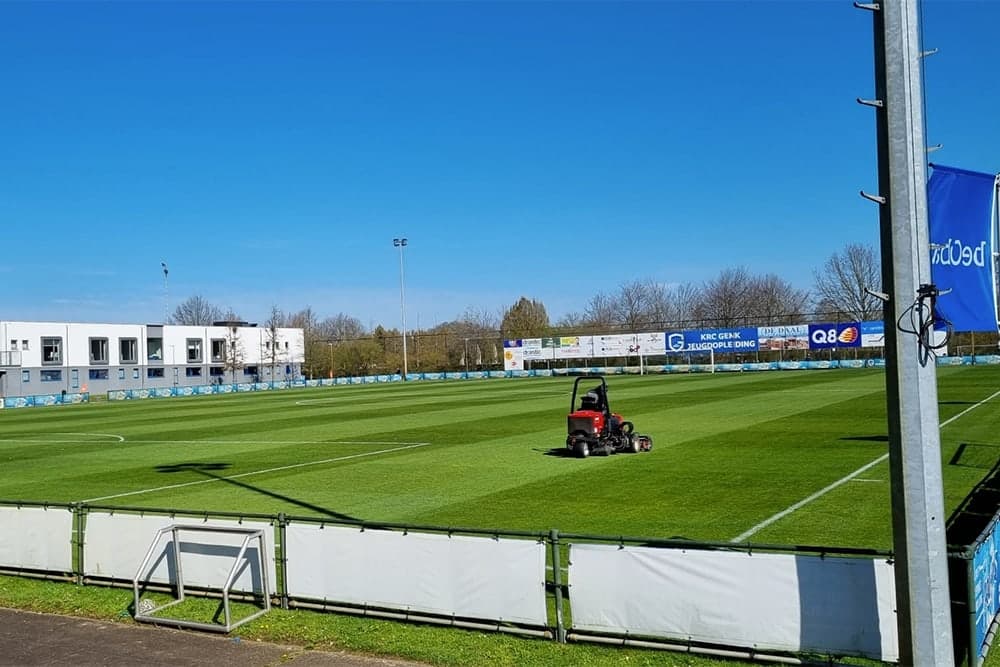
The importance of a well-maintained soccer field is gaining ground in Belgium. Whereas groundkeeping has been done at a high level for decades in the English Premier League, now more attention is also being paid to the turf in the Jupiler Pro League. "You can see that in the clubs' investments. Since the start of the playoffs the aesthetic is more important, because especially the last ten games of the season there is a lot of media attention. We also pay particular attention to the hardness, evenness and grip of the pitch. When you talk to former soccer players, you notice how much the standards have changed. What was a fine field two years ago is now substandard."
Old-fashioned handiwork
Making the most of the field, Van Endert does so with a team of seven. "Together we are responsible for the match field in Genk, the 2.5 practice fields for the A-team, the 4.5 practice fields of our youth team, and an extra stadium field in Geel, where our pledges play their matches. Most of the attention, of course, goes to the match field, where the visual plays a role. This field, of course, is what our supporters see live and on television."
The stadium field consists of 100 percent English ryegrass. The A team's training fields from 85 percent English ryegrass and 15 percent field ryegrass. A ratio of 75/25 was chosen for the youth training fields. "We also work with a graduated system for maintenance. On the training fields of the A-team, we perform manual repair every day, pulling dents out of the turf and re-seeding small holes. Although the other fields get just as much attention. From seeding, pricking, sanding to fertilizing, everything is done internally. Only for the annual summer renovation do we work with an outside firm to mill off the top layer, after which we re-seed the grass."
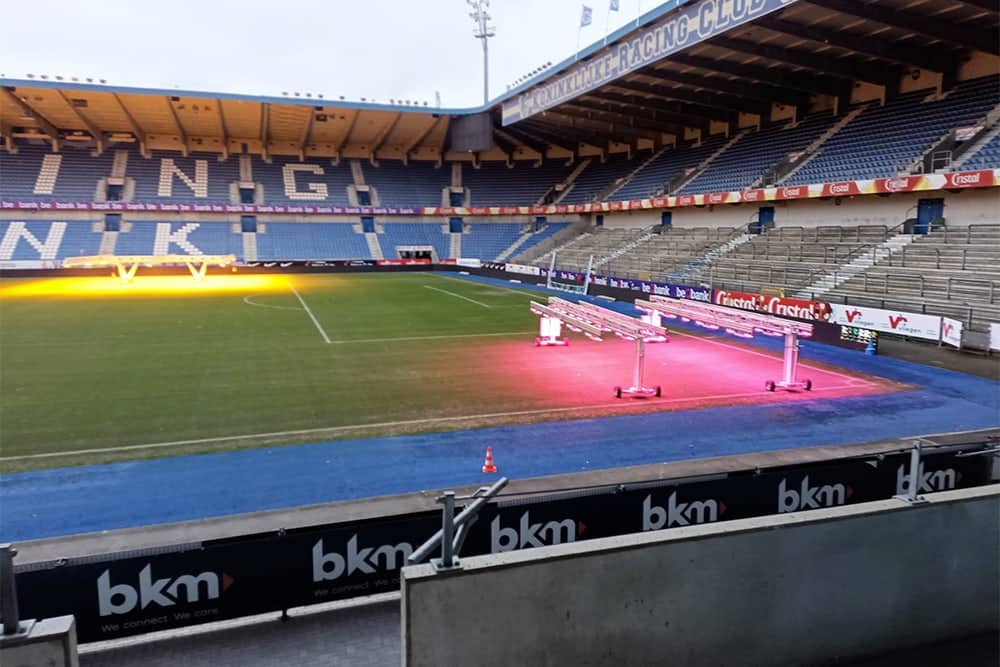
To measure is to know
In addition to a lot of manual work, data are essential for a waving lawn. 'Measurement is knowledge' may be an ancient cliché, but it remains a truism in the turf business. By taking samples and testing for diseases, deficiencies and surpluses in the soil, Van Endert's team has control over the field. Proper irrigation is also crucial to a healthy turf. "We never water after 10 a.m. on the A-field, to reduce disease stress. With wetting agents, moisture is better retained in the summer and driven off faster in the winter. Too much water is as dangerous as a shortage. That's why we will soon renovate our last soccer field and bring the drainage there up to date."
